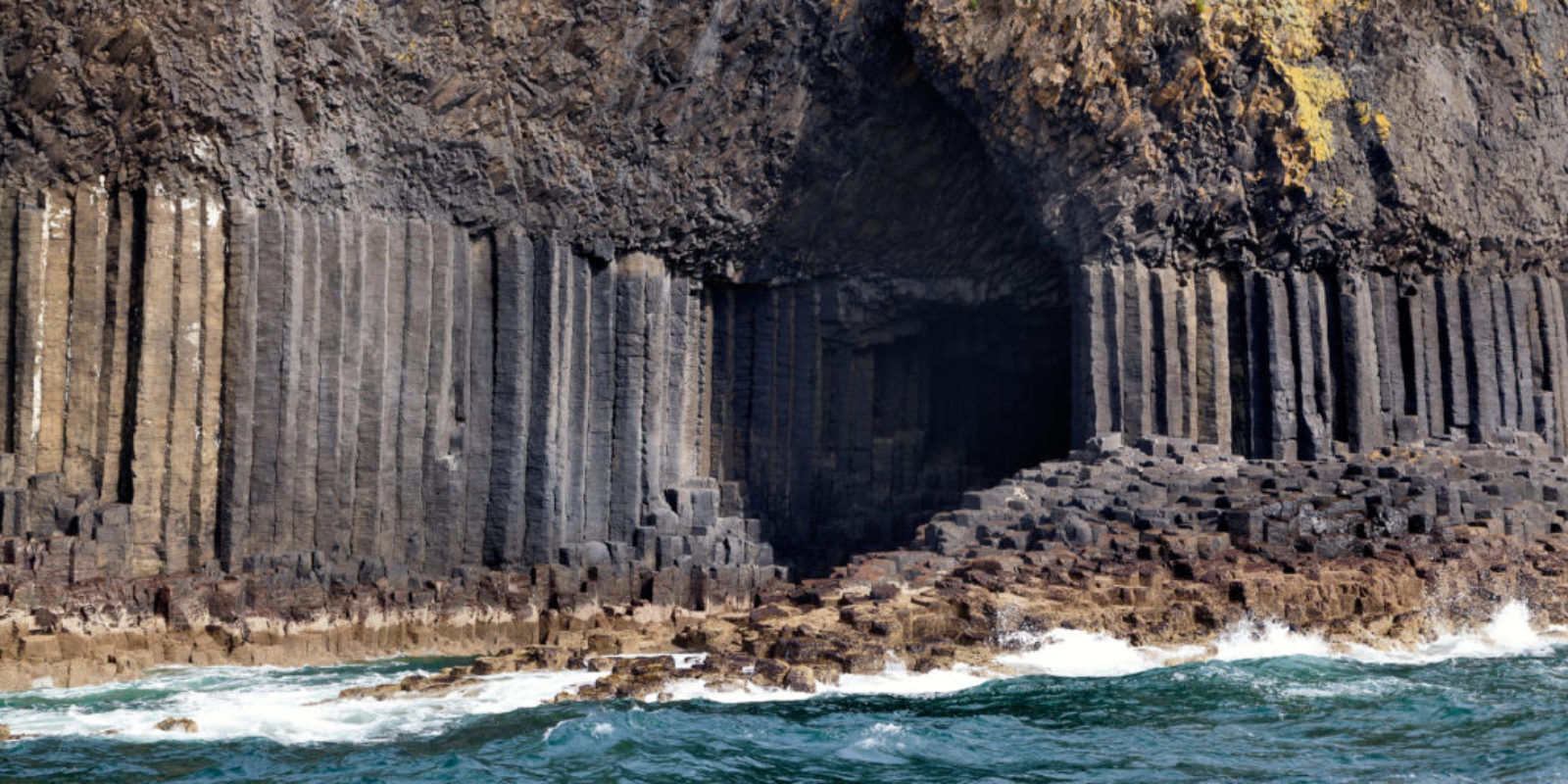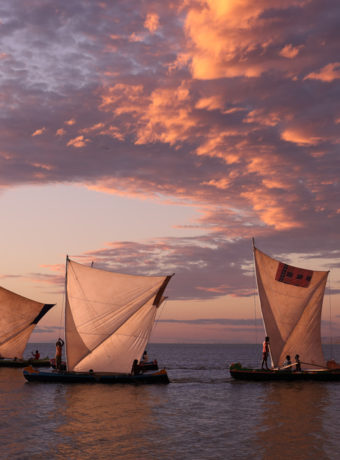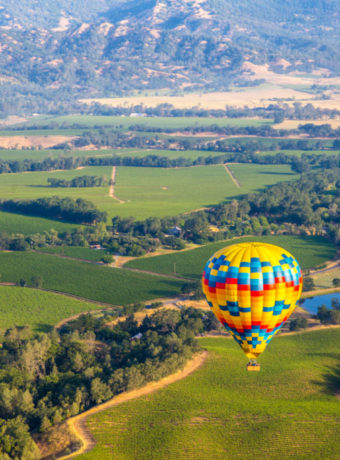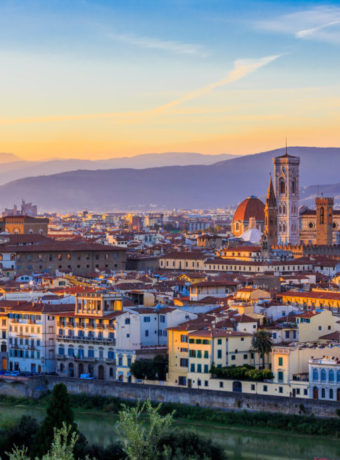Scotland’s Inner Hebrides are a group of islands only a short distance from Scottish mainland. Together with the Outer Hebrides, the islands make up around 44,000 of the entire Scottish population and encompass around 200 islands. Only about 50 of these are inhabited.
The Inner Hebrides
Only 35 of the 79 islands in the Inner Hebrides are inhabited. The population is a little less than 20,000. In the 20th century, the islands divided into two local government jurisdictions. The southern islands are part of the Argyll and Bute region, while the northern islands are within the Scottish Highlands.

The largest island in the Inner Hebrides is actually the Isle of Skye. Other large islands – much smaller than Skye – are Islay, Jura, Mull, and Rum. Rum is the smallest of these five at 10,000 hectares. The remainder of the Inner Hebridean islands are under 8,000 hectares!
The most unique island in the Inner Hebrides is Staffa. Staffa is an uninhabited island with a sea cave. Legend has it that the near-perfect hexagonal basalt columns were a bridge that Irish giant Fionn Mac Cumhaill used to travel to Scotland to fight his rival. These rocks are, in scientific reality, the other “end” of the Giants Causeway in Northern Ireland. The same ancient lava flow created these unique geological features. (See feature photo.)
History of the Inner Hebrides
The Inner Hebrides have been inhabited since the Neolithic period. Both burial cairns and standing stones are evidence of this continual inhabitation. Prior to the Neolithic period, there is also evidence of migratory movement during the Mesolithic period. Archaeologists have not found evidence to support permanent settlements during the Mesolithic period.
As people settled on the islands permanently, they fished. Fishing is still one of the main industries today. This is an excellent place to enjoy freshly caught salmon, and arctic char.

Irish/Celtic monks, Viking warriors, and Norse farmers influenced the fledgling island culture. In the 8th century, the Vikings plundered the Celtic monastery at Iona. In the 12th century, the Celtic-Norse warrior Somerlad won control of the islands. His empire soon stretched almost the length of the west coast. Known as the Kingdom of the Isles, it lasted nearly 400 years.
Scotland’s west coast islands offered shelter and safe havens to ships in storms, from ancient times to modern era. North Atlantic islands were isolated places to live, and are still dependent on tidal conditions at times. In the 19th and 20th century, the Highland Clearances and famine conditions drove many people from the islands to the mainland. Some even immigrated to Canada or the US. It wasn’t until the mid 20th century that populations began to increase again.
Modern day islands
Two of the Inner Hebrides main exports are tourism and whisky. While much of the island whisky production takes place on Islay, you can find distilleries on Skye, Jura, and Mull. Islay whiskies are far peatier and smokier than Highland whiskies. Well known distilleries include Laphroaig, Lagavulin, and Ardbeg.

I suggest three to four days for a visit to the Inner Hebrides. The best way to get there is by ferry from Oban. Oban is about three hours from Glasgow by car or train. There are Virtuoso-listed private drivers who can get you right to the ferry terminal. Accommodation choices include luxurious bed and breakfasts, secluded inns, and comfortable lodges.



